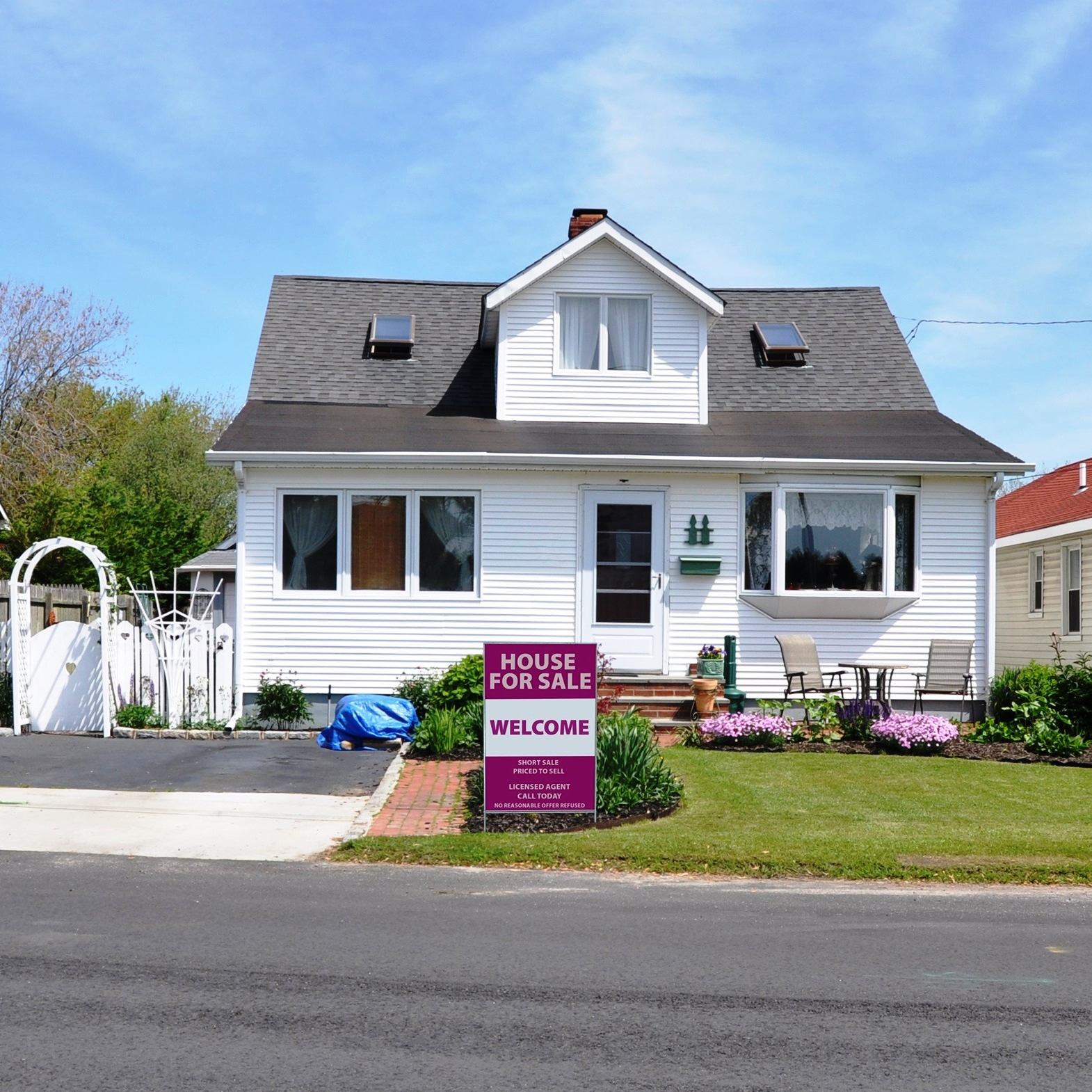Housing
10 US Housing Markets Where Prices Have Recovered Least

Published:
Last Updated:

U.S. home prices hit a peak in the summer of 2006 and sank to a trough in the first quarter of 2012. According to the Case-Shiller home price index, home prices nationally have risen nearly 44% since their low point in 2012 and are now 4.3% above their peak in 2006.
But those numbers are averages, and like all averages they paper over a wide disparity in home prices in different cities and regions of the country. Different parts of the country also reached their peaks and troughs at different times.
The hardest hit cities include those where the home price bubble inflated the most in the years leading up to the collapse, but all have recovered some of the lost home value.
Researchers at HSH.com use the home price index published quarterly by the Federal Housing Finance Agency (FHFA) to determine how home prices have moved since the housing price collapse began in 2005 and 2006. In the following list, we’ve included the peak index value, the bottom index value, the current index value and the current value’s percentage amount below the peak.
Las Vegas-Henderson-Paradise, Nevada
> Peak index value: 268.93
> Bottom index value: 100.81
> Current index value: 201.19
> Amount below peak: 33.67%
Bakersfield, California
> Peak index value: 253.39
> Bottom index value: 118.24
> Current index value: 189.92
> Amount below peak: 33.42%
Stockton-Lodi, California
> Peak index value: 273.28
> Bottom index value: 107.42
> Current index value: 211.10
> Amount below peak: 29.46%
Cape Coral-Fort Myers, Florida
> Peak index value: 317.72
> Bottom index value: 132.02
> Current index value: 246.90
> Amount below peak: 28.68%
Fresno, California
> Peak index value: 273.07
> Bottom index value: 137.56
> Current index value: 217.85
> Amount below peak: 25.35%
Camden, New Jersey
> Peak index value: 224.65
> Bottom index value: 164.98
> Current index value: 182.84
> Amount below peak: 22.87%
New Haven-Milford, Connecticut
> Peak index value: 202.57
> Bottom index value: 154.29
> Current index value: 165.03
> Amount below peak: 22.75%
Elgin, Illinois
> Peak index value: 202.55
> Bottom index value: 129.88
> Current index value: 166.54
> Amount below peak: 21.62%
Bridgeport-Stamford-Norwalk, Connecticut
> Peak index value: 241.78
> Bottom index value: 182.50
> Current index value: 202.69
> Amount below peak: 19.29%
Riverside-San Bernardino-Ontario, California
> Peak index value: 274.04
> Bottom index value: 127.71
> Current index value: 231.25
> Amount below peak: 18.50%
Methodology: The Home Price Index is a broad measure of the movement of single-family house prices. It has been published by the Federal Housing Finance Agency and precursor agencies since the fourth quarter of 1995.
For each market, the index uses 1990 home prices as a basis. Those dollars are “normalized” to a value of 100 for each market; that is, regardless of the actual dollar cost, the index value for a given market becomes 100. For example, a home price in Allentown, Pennsylvania, in 1990 might have been $65,000; this becomes a base value for Allentown of 100, and changes since then are presented as percentage changes from that initial 100 value.
Start by taking a quick retirement quiz from SmartAsset that will match you with up to 3 financial advisors that serve your area and beyond in 5 minutes, or less.
Each advisor has been vetted by SmartAsset and is held to a fiduciary standard to act in your best interests.
Here’s how it works:
1. Answer SmartAsset advisor match quiz
2. Review your pre-screened matches at your leisure. Check out the advisors’ profiles.
3. Speak with advisors at no cost to you. Have an introductory call on the phone or introduction in person and choose whom to work with in the future
Thank you for reading! Have some feedback for us?
Contact the 24/7 Wall St. editorial team.